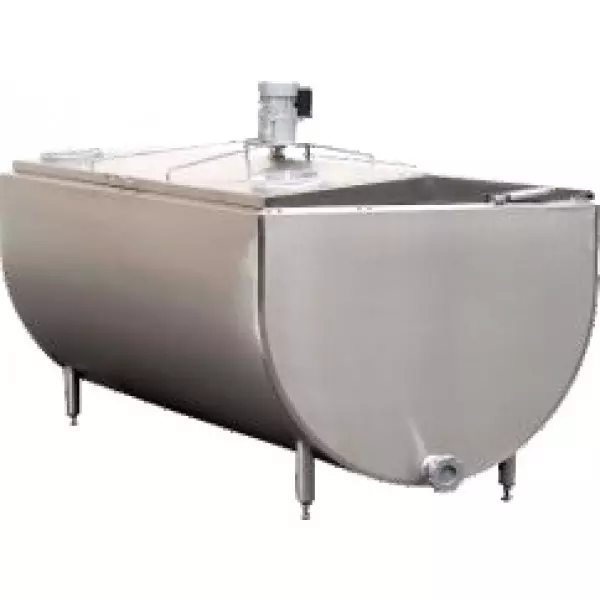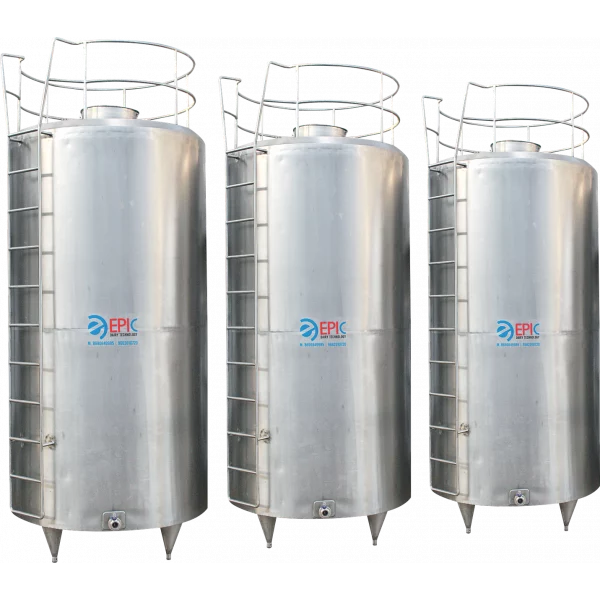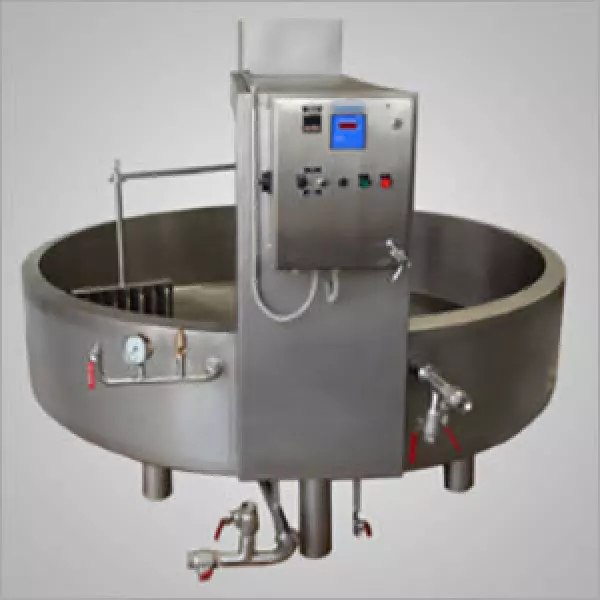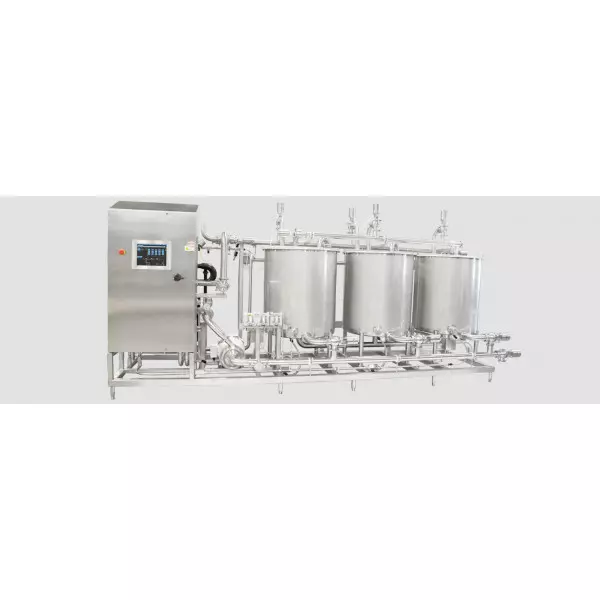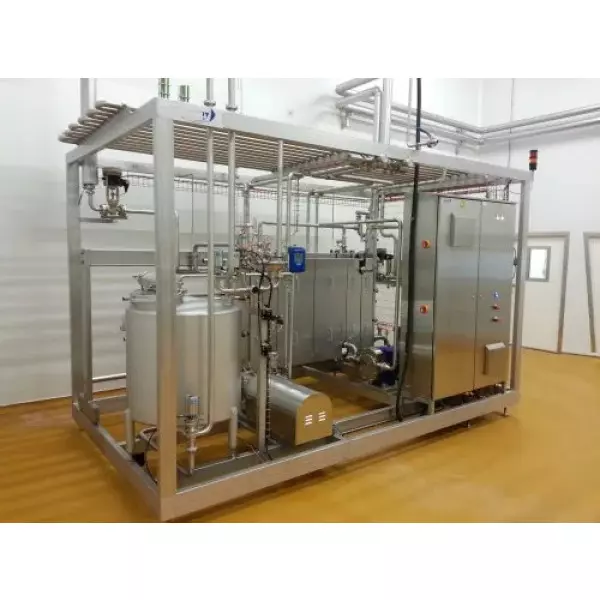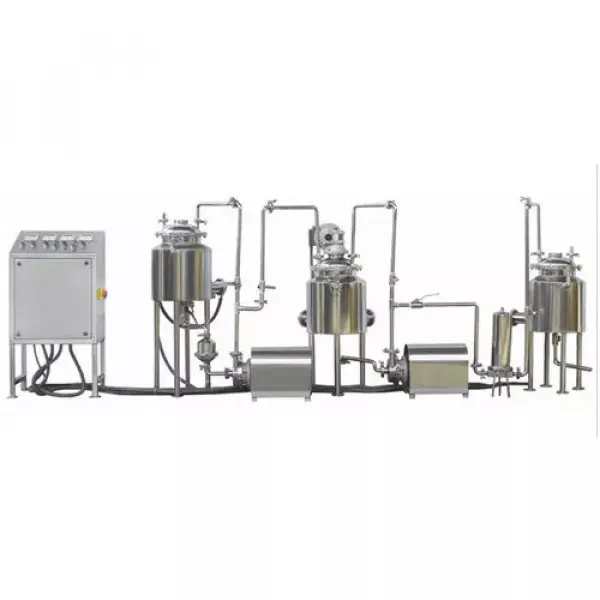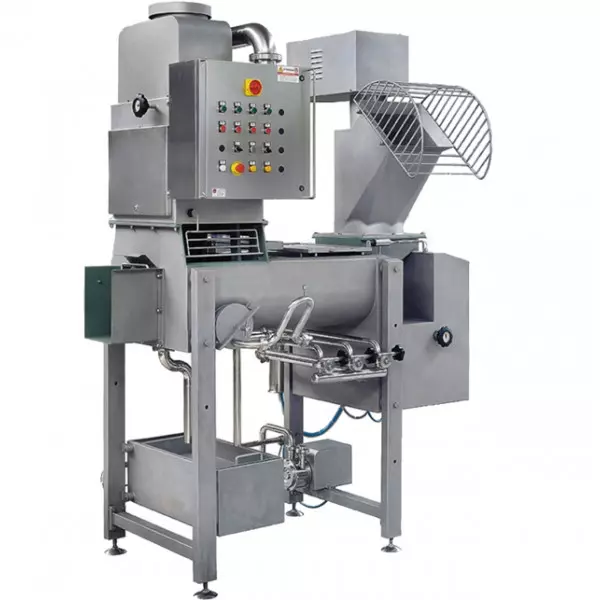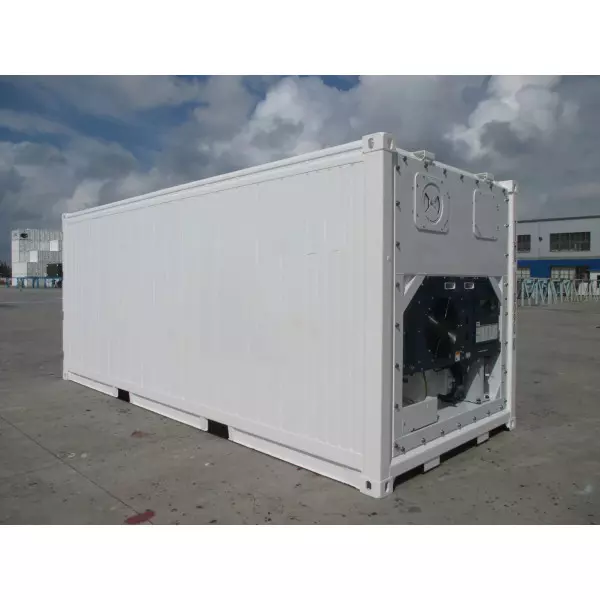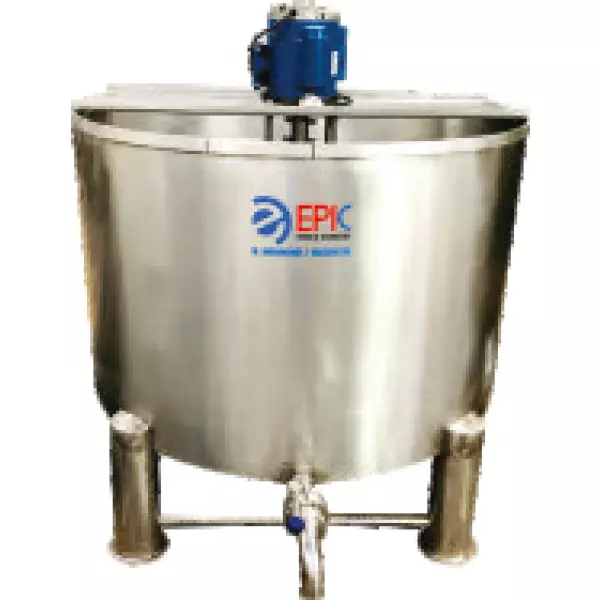- Home
- About Us
- Products
- Cold Storage Room
- Processing Plant
- Equipment
- Ageing Vat
- Ice Cream Pasteurizer
- Continuous Freezer
- Ice Cream Homogenizers
- Ice Cream Plate Chiller
- Automatic Ice Cream Homogenizer
- Fruit Feeder Machine For Ice Cream
- Ice Candy Making Machine
- Milk Homogenizers
- Batch Milk Pasteurizer
- Cheese Paneer Vat
- CIP System
- SS Silos / Storage And Process Vat
- Skid Mounted Milk Pasteurizer
- Sugar Syrup System
- Cheese Stretching & Molding Machine
- Cup Filling Sealing Machine (Curd / Yogurt/ Shrikhand)
- Ice Cream Cup Cone Filling Machine
- Refrigerated Container
- Bulk Milk Cooler (BMC)
- Milk Packing Machine
- Curd Incubation Room
- Butter Milk Stirrer Tank
- Instant Chiller
- Ice Bank Tank
- Industrial Butter Churner
- Ghee Clarifier Machine
- Khoya Making Machine
- Cream Separator
- Automatic Paneer Press
- Steam Jacketed Kettle
- Milk Batch Type Pasteurizer
- Paneer Pressing Machine
- Refrigerated Van
- Weight Bowl With Weigh Scale
- Updates
- Videos
- Gallery
- Contact Us
- E Cataloge
SS Silos / Storage And Process Vat
SS Silos / Storage And Process Vat Details
A milk silo tank is a large, cylindrical storage container used in the dairy industry to store and preserve milk at a consistent, controlled temperature before it’s processed or transported. These tanks are designed to hold milk in bulk, typically after it has been collected from dairy farms but before it's sent to processing plants for pasteurization or further production into dairy products like cheese, butter, and yogurt.
Size & Capacity
Small to Medium-Scale Tanks:
Capacity: Typically ranges from 500 liters to 10,000 liters (500L to 10,000L).
These are often used for smaller dairy farms or in milk collection points where the milk will be transported to a processing plant shortly after collection.
Large-Scale Tanks:
Capacity: Large industrial-scale silos can hold anywhere from 20,000 liters to 100,000 liters or more (20,000L to 100,000L).
These are common at dairy processing plants, where milk is stored before it undergoes pasteurization or further production into dairy products like cheese or yogurt.
Very Large Silos:
Capacity: In some large commercial or cooperative dairy operations, silos may exceed 100,000 liters and even reach over 500,000 liters.
These are usually part of automated and high-capacity dairy systems, often found in larger processing plants or central dairy hubs.
2. Materials
Stainless Steel:
Material Type: Stainless steel is the most common material used for milk silos, especially 304 stainless steel or 316 stainless steel.
Reason: Stainless steel is non-corrosive, durable, and resistant to bacteria, making it ideal for food storage. It also ensures that the milk stays uncontaminated and preserves the integrity of the product.
Stainless steel is easy to clean and maintain, which is essential for hygiene in the dairy industry.
Insulation Material:
Polyurethane Foam: Often used to insulate the silo and maintain the cooling temperature of the milk. The insulation is essential for reducing energy consumption while ensuring that milk remains at the proper storage temperature (around 4°C or 39°F).
Fiberglass: Another insulation material used in some designs.
3. Shape & Structure
Cylindrical Shape: Milk silos are typically cylindrical in shape, allowing for uniform temperature distribution and better pressure handling. The cylindrical design also facilitates easier mixing of the milk, which helps prevent the milk from separating.
Vertical Orientation: Most milk silos are vertically oriented, meaning they stand tall and store milk in a column. This design maximizes the use of floor space.
Conical Bottom: Many milk silos have a conical bottom, which helps with the efficient draining of milk and reduces any sediment accumulation.
4. Cooling System
Plate Coolers: Many milk silos have an internal cooling system consisting of plate coolers or refrigeration coils. These plates or coils circulate cold water or coolant around the tank to maintain the temperature of the milk.
Refrigeration System: These may include compressors and evaporators that circulate cold air or liquid coolant around the tank to prevent milk from warming up and spoiling.
5. Agitation System
Mechanical Agitators: Milk silos often feature a mechanical agitation system, which helps keep the milk mixed and prevents separation of fat content. These are typically motor-driven paddles or blades.
Automatic Mixing: Some systems are automated to ensure that agitation happens at the right intervals to maintain the milk's consistency.
6. Safety & Control Systems
Temperature Control: Most modern milk silos come with a built-in temperature monitoring system, which is vital for maintaining the milk at the correct storage temperature. These systems often feature digital sensors that are connected to the silo's control panel.
Pressure Relief Valve: For safety, a milk silo may include a pressure relief valve to release any excess pressure that could build up due to temperature fluctuations or overfilling.
Level Sensors: These sensors help monitor the milk level in the silo and alert operators when the tank is getting full or needs attention.
7. Cleaning System
CIP (Clean-In-Place) System: A common feature in modern milk silos is the CIP cleaning system, which allows the silo to be cleaned without disassembling it. This system typically uses a combination of hot water, cleaning chemicals, and sanitizing agents to ensure the tank is kept sterile.
8. Discharge & Transport System
Piping & Valves: Milk silos have specialized piping and valves for safely discharging the milk into transport trucks or processing machinery. These systems are designed to minimize spillage and prevent contamination.
Automatic Pumps: In larger systems, automatic pumps are used to transport the milk from the silo into the desired collection or processing area.
9. Exterior and Finishes
Polished Exterior: The exterior of milk silos is usually smooth and polished, which not only helps with aesthetics but also aids in cleaning and hygiene.
Weatherproofing: For silos located outdoors, exterior coatings are often applied to protect the metal from the elements.
Related Products
Ageing Vat
Our product range includes a wide range of ice cream ageing vat machine and ice cream ageing vat.Model100 Ltr... Continue
Ice Cream Pasteurizer
We are a leading Manufacturer of ss ice cream pasteurizer and ice cream pasteurizer from Gandhinagar, India.... Continue
Continuous Freezer
We are a leading Manufacturer of continuous ice cream freezer machine and continuous ice cream freezers 100 lph from Gan... Continue
Ice Cream Homogenizers
Leading Manufacturer of ice cream milk homogenizer and high pressure ice cream homogenizer from Gandhinagar.... Continue
Ice Cream Plate Chiller
Product Details:Minimum Order Quantity1 PieceMaterialStainless SteelBrandEpic Vision & Tec... Continue
Automatic Ice Cream Homogenizer
Product Details:Minimum Order Quantity1 PiecePressure2000 psiCapacity100-5000 l/hrI Deal... Continue
Fruit Feeder Machine For Ice Cream
Product Details:Minimum Order Quantity1 PieceMachine TypeMobile/Moving Feeding MachineTypeGrav... Continue
Ice Candy Making Machine
12 Mould with Double Air Compressor and deep Frost TankStainless Steel JindalInner 2mm, Outer 1.5 mm, Insulation 7... Continue
Milk Homogenizers
Capacity LHPPower HPHomogenisingPiston2003Manual Operation33003Manual Operation3... Continue
Batch Milk Pasteurizer
Model100 Ltr200 Ltr350 Ltr600 Ltr1000 LtrFabricatedSS-304SS-304SS-304SS-304SS-304N... Continue
Cup Filling Sealing Machine (Curd / Yogurt/ Shrikhand)
The automatic curd and lassi cup filling machines are specialized packaging systems designed specifically for dairy and ... Continue
Ice Cream Cup Cone Filling Machine
Body & Construction : Material - SS 304 (Jindal Steel) or food grade materialCapacity : 45 to 50 units / minDi... Continue
Bulk Milk Cooler (BMC)
Capacity300-10000 LtrThermo PlateImportedConstruction MaterialAISI 304 SSSheet Thick Inner... Continue
Milk Packing Machine
Milk packaging machines are designed to automatically fill, seal, and sometimes label milk containers — usually po... Continue
Curd Incubation Room
Minimum Order Quantity : 01 01 SetStorage Capacity (in Ton) : 01 Ton To 1000 TonTemperature Range : +45 CBody Ma... Continue
Butter Milk Stirrer Tank
It sounds like you’re referring to a high‐speed, high‐shear mixing or stirring tank—often used in dairy ... Continue
Instant Chiller
Fully AutomaticWide Capacity : 2 Tr to 200 TrTemperature Range :15c to -35cHermetic Sealed / Semi Hermetyic Scro... Continue
Ice Bank Tank
CAPACITY : 300 LPH TO 3000 LPHAn “Ice Bank Tank” is a thermal energy storage system that uses the phase ch... Continue
Industrial Butter Churner
What It Is and How It WorksPurpose: It transforms milk cream into butter through mechanical agitation. The process for... Continue
Ghee Clarifier Machine
CAPACITY :250 TO 1000 LTRA ghee clarifier machine is a specialized piece of dairy processing equipment designed to pur... Continue
Khoya Making Machine
A khoya making machine (also known as a mawa making machine or milk boiling machine) is a dairy processing device design... Continue
Cream Separator
A milk cream separator is a device engineered to divide whole milk into its two primary components—cream (the fat-... Continue
Steam Jacketed Kettle
A Steam Mawa Kettle is a specialized dairy processing equipment designed for making khoya (mawa), a key ingredient in ma... Continue
Milk Batch Type Pasteurizer
Components of a Typical Batch Pasteurizer PlantPasteurization TankUsually stainless steel, jacketed, insulated.C... Continue
Paneer Pressing Machine
An automatic paneer pressing machine is a device designed to streamline the process of pressing paneer (Indian cheese) a... Continue
Refrigerated Van
A refrigerated van, also known as a reefer van, is a type of vehicle equipped with a refrigeration unit designed to tran... Continue
Weight Bowl With Weigh Scale
Place the Weighing Scale on a Flat Surface: Ensure the scale is on a level surface to get an accurate measurement.Zero... Continue

